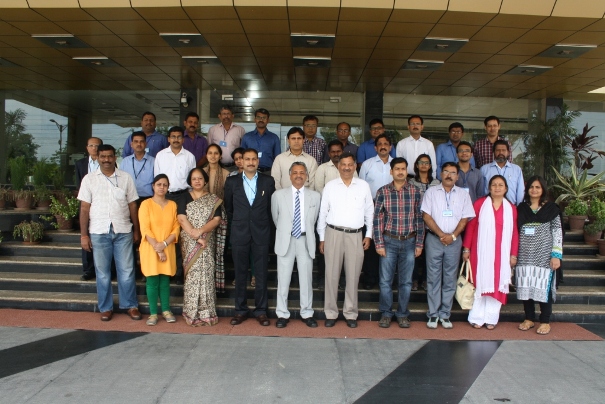Training Programme on Mainstreaming Biodiversity in Energy Sector (3rd - 5th August 2015)
Developments in energy sector (especially Hydropower) are essential components for economic growth that can have a significant bearing on the global economy. At the same time, energy security depends on healthy and diverse ecosystems. Forests, rivers, coastal lands, croplands deliver range of ecosystem services that support energy production and are also fundamental to human well-being. Hydropower accounts for the large majority of existing renewable power generation, and there is significant future potential to increase hydroelectricity supply, particularly in India. However, damming a river has the potential to impact the biodiversity of the source and upper reaches of a river, the flow regime, the functions of the tributaries, the mainstream aquatic habitats, wetland and floodplains vegetation, delta mangroves and coastal habitats, as well as the coastal and marine ecosystems in the vicinity of the river’s discharge. In an ideal world, a sound solution to the energy crisis would not conflict with simultaneous efforts to promote the conservation agenda as both play an essential role in human development. Yet, experience reflects that biodiversity and ecosystem services are seldom factored into decisions on energy investments and are most often compromised.
Considering that no source of energy is truly green, the best development models are undoubtedly those that perceive the optimal complementarities between economic development and biodiversity conservation. Considerations of least impacts and possibly, even neutral impacts on biodiversity and other key elements of natural areas should guide the decisions about which energy options (bio-fuel, coal, hydropower, solar power or wind etc.) or combinations to promote. For the sustainability and acceptability of energy projects, it is equally important to consider sustainability of biodiversity resources and ecosystem services in the planning and implementation of developments in energy sector. Impact assessment is a widely acknowledged decision support and mainstreaming tool for promoting sustainable development. Mainstreaming biodiversity in impact assessments can offer the planning and decision support for encouraging green energy projects. The success of such efforts are linked to commitment of business groups; competence of EIA consultants; availability of best practice models; state of the art methodologies and informed decisions.
This course aims to encourage the corporate sector to think ‘out-of-the-box’ for evolving ‘win-win’ opportunities for both development and biodiversity and provide guidance on how to invest in sustainable green energy development plans for promoting responsible development. For EIA consultants it will help encourage developments that are environmentally benign and socially acceptable. It is aimed at providing an opportunity to become abreast with recent and practical mainstreaming tools for better integration of biodiversity in the field of impact assessment so that development proposals reflect a balance between conservation and economic profitability and have a far greater acceptability for environmental clearance.
|
|
 |
Course objectives and target group |
 |
Feedback |
 |
List of participants |
 |
Training resource material |
 |
Photo gallery |
Last Updated: March 23, 2018










